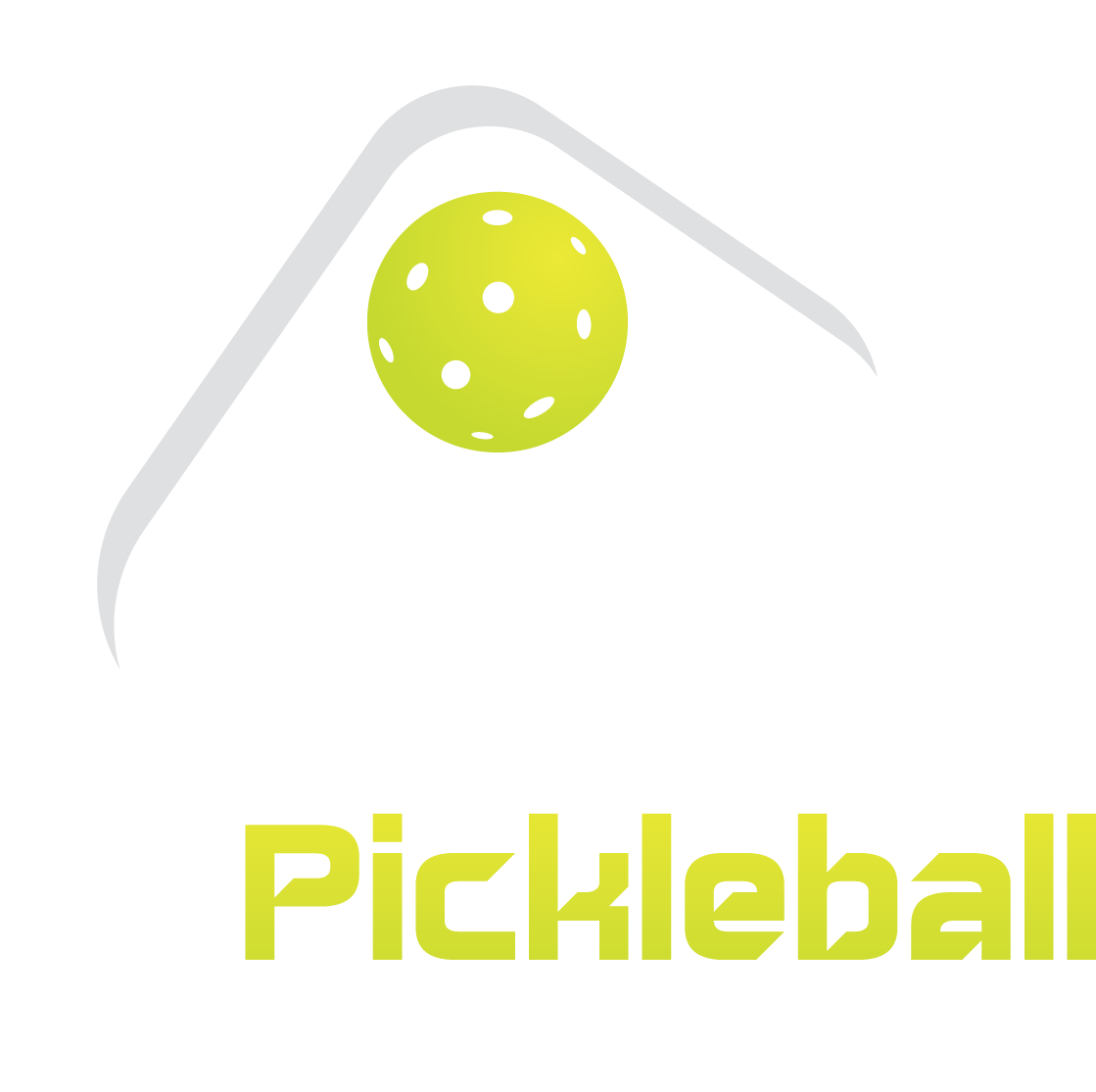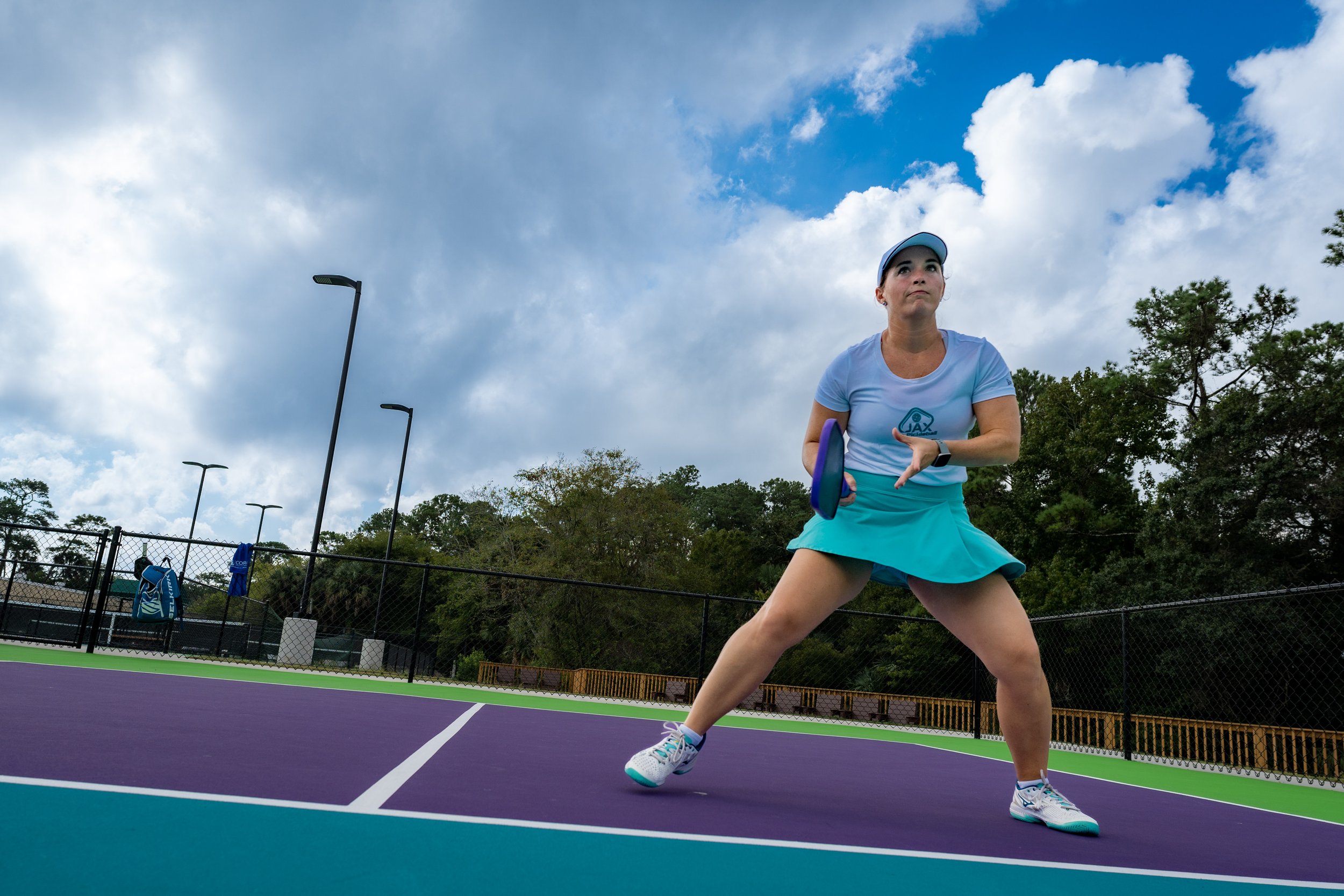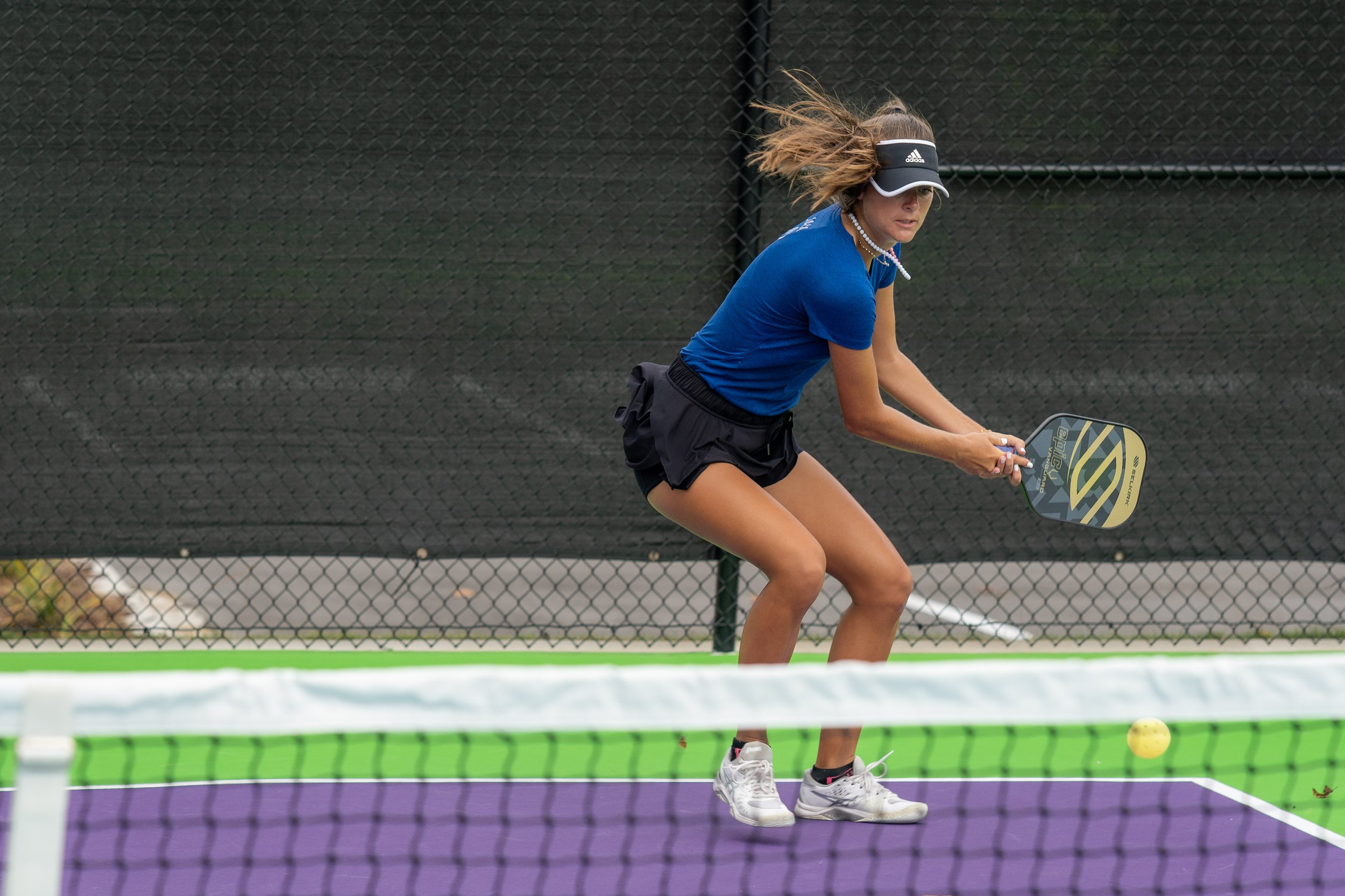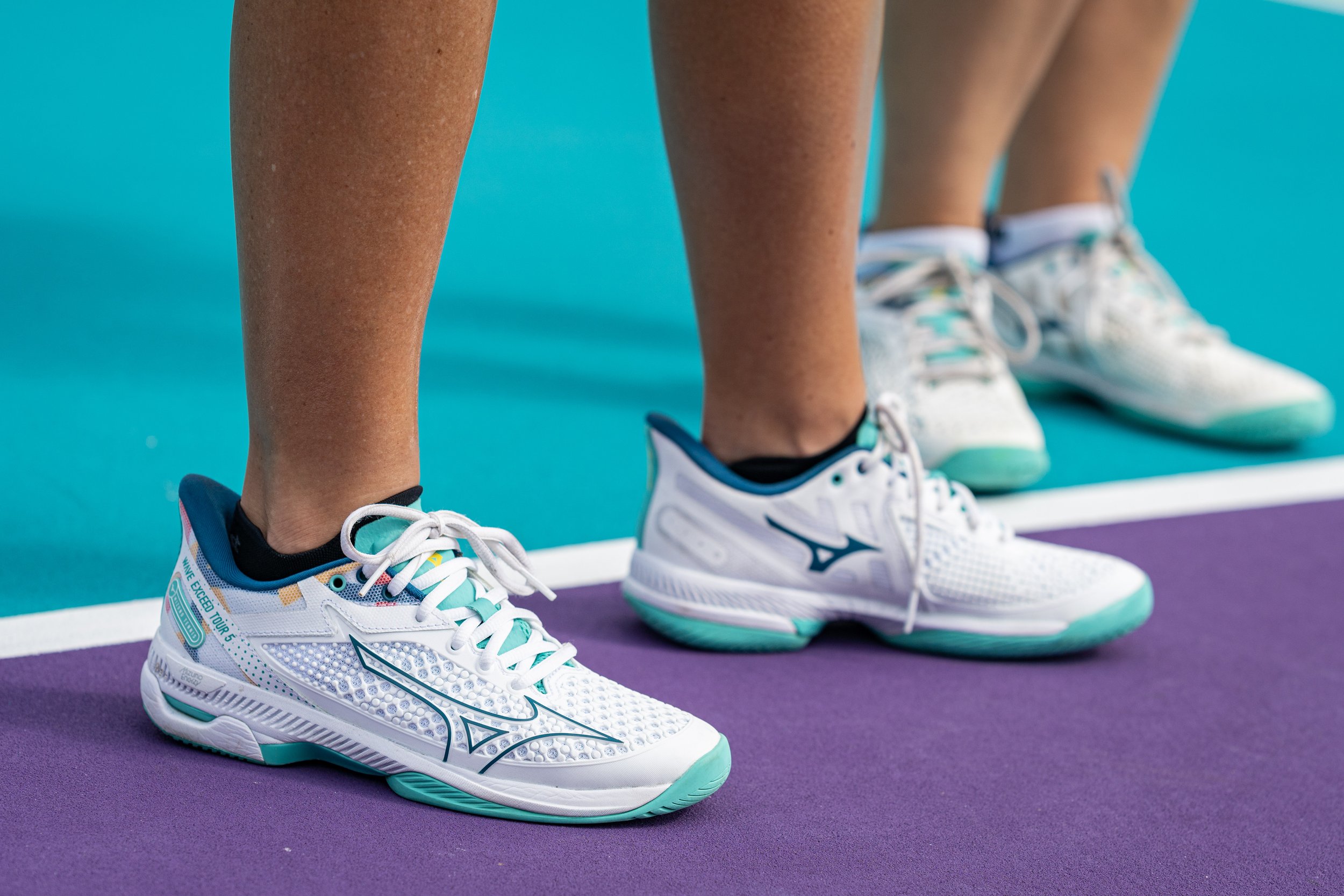How to Get Past Nagging Foot Pain? The Advice You Didn’t Already Hear
If you know, you know. Your alarm goes off and that old familiar dread hits. It’s time to tackle the day. You climb yourself out of the sheets and up to the edge of the bed. As you brace your feet to hit the cold wood floor there is that little bit of hope in the back of your mind. “Maybe it will be better today.” You lean forward and push up onto your feet and there it is again; it has been hiding all night just waiting to jump out and take the wind out of your sails. How can it be stiff, achy, and sharp all at the same time? After that first step, you pop into that familiar position to hobble to the bathroom, all your weight on the outside of your foot.
Many of us have been there – I included (thanks to a beach running addiction).
Confused, frustrated, and faced with a staggering number of choices, it can be difficult to get results, and choose the right pathway. What is the best treatment? Should I stop playing pickleball? For how long? Do I need an MRI? Am I overdoing it? Is it my shoes? Can’t I buy some devices?
The answers to these questions can be complicated and vary based on you as an individual.
Fortunately, the good news is there are universal things you can do to help keep yourself in the game.
To rest or not to rest?
Of course, this is the most common question that I come across in the clinic. No matter if it’s a hip, foot, or shoulder. Let us be honest. The last thing you want to do is stop doing what you love. Even for a few days, it seems like an unreasonable compromise.
Don’t worry, R.I.C.E.ing your foot is ancient advice and unnecessary for a nagging injury. Unless you have an injury that just happened like an ankle sprain (in that case 10-14 days of controlled rest is recommended), keep moving.
Get out there and listen to your body. These foot issues normally happen because pickleball is a new sport to you and you are putting your body through new movement patterns, you started playing more, or compensation in your form somewhere. In these cases, you may need to get with a coach or experienced player to help work through these things. Moderation is key. Pickleball is one of the safest sports to play and further injury is unlikely. You will find the foot will usually loosen up after warming up and feel better while you play. That leads us to...
What do I do before I play?
Gone are the days when you see an athlete on the sidelines before a game laying on their back with their trainer stretching their hamstrings into oblivion. Does static stretching have a time and a place? Yes, it can help reduce pain and stiffness. Avoid it before you head onto the court!
Static stretching (holding your stretches for 30 seconds or more) does a wonderful job of loosening and relaxing your muscles and nervous system. But you want your body primed and ready to spring into action, not relaxed and lazy.
Save the stretching for after the match. Instead, try this; spend no more than 10 minutes taking your joints through full ranges of motion 5-10 times and holding no more than 1-2 seconds. Progressively work into full body movements as you take your speed up to the game pace. Finish with some small hitting and shuffling drills.
“Pro Tip: Do your warm-up at home before you head to the courts. A solid warm-up will carry over for 30 minutes to an hour before losing effect.”
Ok, but how do I really fix this for good?
Nagging injuries to our ankles and feet are typically a result of the soft tissue connection between muscle and bone becoming irritated. To fix this, you need to improve that tissue’s ability to handle the load you put on it during play. Fortunately, you can leverage your body’s natural ability to adapt to stress for your benefit.
Our bodies adapt to stress and an appropriate amount makes us stronger and more resilient.
How?
Try this exercise progression:
While standing, place a small towel or rag under both feet
Gently grab the towel with your big toes
While grabbing the towel with your toes raise onto the balls of your feet (you may need to do this at a countertop to stay balanced)
Now slowly lower back down to a flat-footed position (make sure you lower slowly for 3-4 seconds)
Now repeat this for 3 sets of 12 reps, 3 times a day
Once it is easy to do with 2 feet, progress to one foot, and then add weight to hold while you perform.
Yes, you may be sore at first. Work through it and in a few days it will become easier.
Is footwear important?
No question. It can be quite the journey to find footwear that works for you. A few tips. No one shoe works for all foot types. A shoe that works for your playing partner may make your feet hurt.
Go try on your shoes and test them before you buy them. Stay away from buying blindly on the internet. If they do not feel right, keep looking.
Change your shoes regularly. With regular play, your shoes are going to wear out every 3-6 months or 100-200 miles. Not only will the treads wear down, but the shock-absorbing qualities of the foam become less capable with wear.
My feet don’t hurt, how do I keep this from happening to me?
Get with a coach. Hitting a ball is meant to be a full-body movement and learning how to swing correctly and move on the court can keep you playing longer and better. Your feet control the connection between your body and the ground. They tend to take the brunt of the force when we move incorrectly.
Practice your agility and balance. Learning how to move fluidly and with control can help reduce the amount of stress on our feet. How fluid do you feel shuffling from side to side across the baseline? Can you stand on one leg without falling over? Can you walk backward without tripping over yourself? If not, get to practicing. Start slow and build that confidence!
You can do this!
Yes, you can keep playing.
Yes, your body is capable of healing itself.
No, it doesn't take a lot of your time or some crazy contraption you must buy.
It takes a little bit of consistency, some practice, and an update to your routines.
You can do it, stick with it, and most of all - have fun out there.
Lane Ferreira DPT, OCS
Lane is a physical therapist with CORA Physical Therapy and has been practicing and working with the tennis and pickleball communities in Northeast Florida for 16 years. He is board certified as an orthopedic clinical specialist and a Tennis Performance Specialist through the International Tennis Performance Association. You can contact him at rferreira@corahealth.com.



